THE TWO MEN COULD HARDLY HAVE BEEN MORE DIFFERENT, except that Dred Scott and George Washington Carver were black and both were born into slavery. Scott was born at the end of the 18th Century; Carver during the Civil War. Scott was illiterate; Carver was taught by Booker T. Washington, among others. Scott remained a servant; Carver was a noted botanist and inventor. And while Carver met with US Presidents, Scott was royally screwed by the US Supreme Court. Each in his own way influenced the Civil Rights movement. And each, it appears, has been glossed over in the American history curriculum.
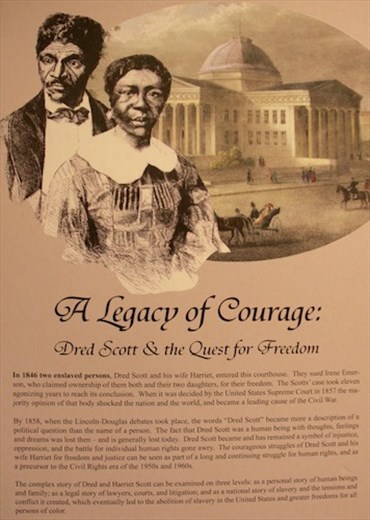
Dred Scott National Monument
The Dred Scott Decision is an important bit of American history, but few of us can articulate its importance. Scott, who had been denied the right to purchase himself and his wife from slavery, eventually sued for freedom for his entire family, Scott v. Sandford (1857) He claimed since they had lived in Illinois and the Wisconsin Territory where slavery was illegal, they were free, not slaves. The US Supreme Court decided against Scott. Chief Justice Roger B. Taney ruled that no one of African American ancestry was an American citizen and therefore had no rights in the federal court. He also ruled the Missouri Compromise unconstitutional. African Americans were declared free when Lincoln signed the Emancipation Proclamation in 1863, but it was too late for Scott, who died in 1858. We learned all this at the Dred Scott National Monument at the Old Courthouse in the shadow of the St. Louis Gateway Arch, the newest National Park.

Old Courthouse Rotunda, St. Louis
AND THEN THERE IS GEORGE WASHINGTON CARVER. We learned he had something to do with peanuts, right? There is a little more to the story that our teachers forgot to mention. He was born into slavery near Diamond, MO, site of the George Washington Carver National Monument. — Spoiler Alert: Carver was the first non-president to have a National Monument named for him. — When he was only a week old he and part of his family were kidnapped and sold in Kentucky. His former master, Moses Carver, tracked him down, bought him back. After slavery was abolished, Moses and his wife Susan raised George along with their own brood.
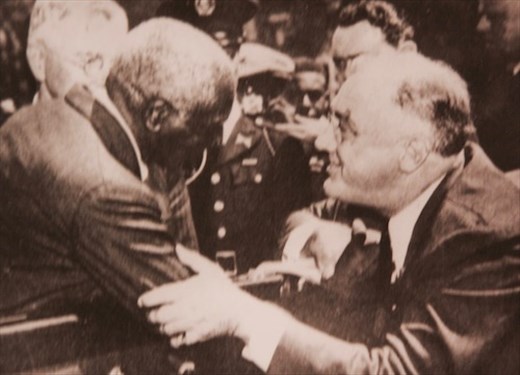
GWC and FDR
They taught him to read and write and encouraged him to continue his learning, no easy feat for a young black boy. He left home in search of education, developed a fascination with nature and was an accomplished artist.
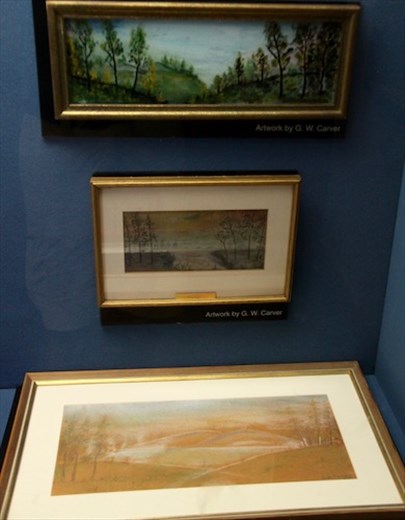
Paintings by George Washington Carver
Carver eventually became a professor at Tuskegee Institute where he had studied with Booker T. Washington. While there he developed techniques to enrich soils depleted by repeated crops of cotton. He encouraged farmers to plant sweet potatoes and peanuts and published more than 100 recipes using peanuts. He appeared before Congress to extoll the benefits of the sweet potato and was honored by then-President FDR. Time Magazine called Carver “a Black Leonardo.”
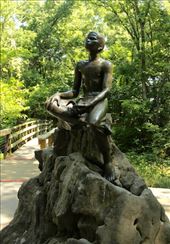
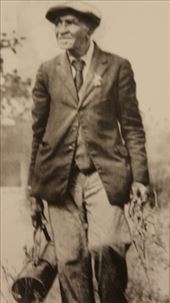
Young George Old George
While Carver wasn’t a Civil Rights activist, he received the Spingam Medal of the NAACP. Biographer Linda McMurry wrote, "His success both instilled black pride and soothed segregationist consciences, and also gave hope to those left out of the American dream while justifying the position of the successful.”